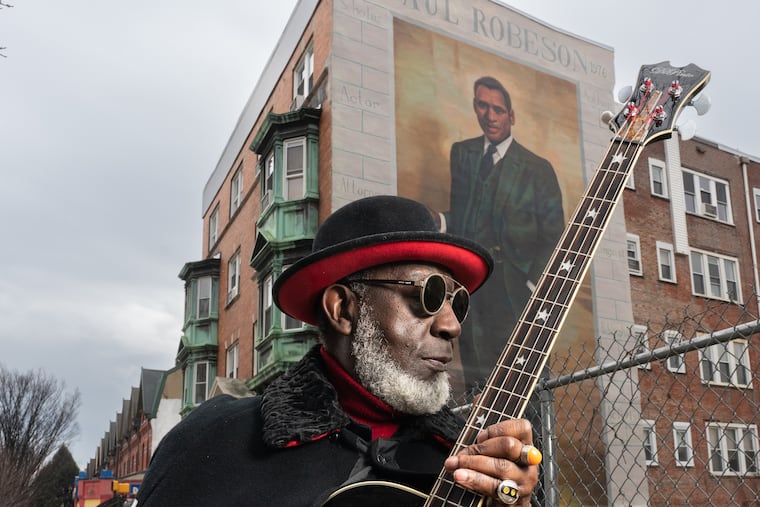AI can make music, art, and culture. In Philly, that could be devastating.
Does it matter if that Walnut Street Theatre show had been written by a computer? Yes, it does matter — for us, and those who come after.

Every generation has its own starving artists, women and men who have suffered to birth their vision into the world, many never experiencing fame or financial freedom in their lifetime. Many of us can’t understand artists, their passion, their stubborn unwillingness to conform. And they won’t go away! Each year, despite our best attempts to intimidate young people into lives of corporate drudgery, more artists emerge like debt-ridden daffodils.
But thanks to technology no one asked for, soon we won’t need these pesky artists anymore. Now your stories, paintings, and songs can be produced in mere seconds by artificial intelligence. Because who hasn’t been moved by a stirring sentence or lyric and thought, “It’s good, but how can we make it cheaper?”
» READ MORE: What does ChatGPT mean for grammar, cyberbullying, and the future of language? | The Grammarian
The battle over AI-generated art (from writing to photography to music) is being fought today across every creative industry — with businesses invigorated by its potential, and artists terrified by its existential threat. According to the Greater Philadelphia Cultural Alliance, the arts and culture sector in Philadelphia is a $4.1 billion “economic engine” for the city, supporting roughly 55,000 full-time equivalent jobs. We take this for granted, occasionally popping by the Academy of Music, the Art Museum, or the Arden, strolling by murals and music halls, dipping into culture when we have the time.
But what if that Walnut Street Theatre show had been written by a computer? Or that Barnes Foundation painting had been done by a machine?
Would it matter? Should it matter?
They’re easy to miss, those tiny placards under a frame, the liner notes of an album, the program at a play — names of humans who have sacrificed time, money, and often sanity to bring you something new, something that transports you away from the reality of all the shootings and the crime and the corruption. Something that makes you stop, if only for a moment, to remember that life can be beautiful.
So does it matter if those moments were created by a human or a computer?
Hell yes, it matters — for us, and those who come after.
Why bother learning how to write if a program does it for you? Why labor over a canvas or practice an instrument? Why try?
We’re so obsessed with saving time, we’ve forgotten that time can be well spent.
As a writer and educator, I know that we learn by creating — it’s where we figure things out and try to make sense of the world. Art is hard, and it should be. For those who can create, we understand the unique pain that goes with the pleasure, the constant anxiety and self-doubt we secretly hope are one day washed away by praise, recognition, or respect. But we all have something to say, something to contribute as a human, on this planet, in this moment.
We learn by creating.
A common misconception about Philadelphia is that we like to fight. Untrue. Our real talent lies in ignoring — things like rules, past sports seasons, and foreign kings. To beat back artificial intelligence in art requires the same commitment.
Ignore it. Don’t support it. Pretend it’s from Dallas.
What is art, really? Is it the product, the process, or the person? We’ve been shown that we don’t need the person for the process or the product, that the technology no one asked for has solved the problem no one had, and that those starving artists can now focus on the other side of their business — the starving part.
But what is a city of art without artists? (Ask Manhattan.)
Sean Carney is the founder and CEO of Wentwell, a strategic communications firm.